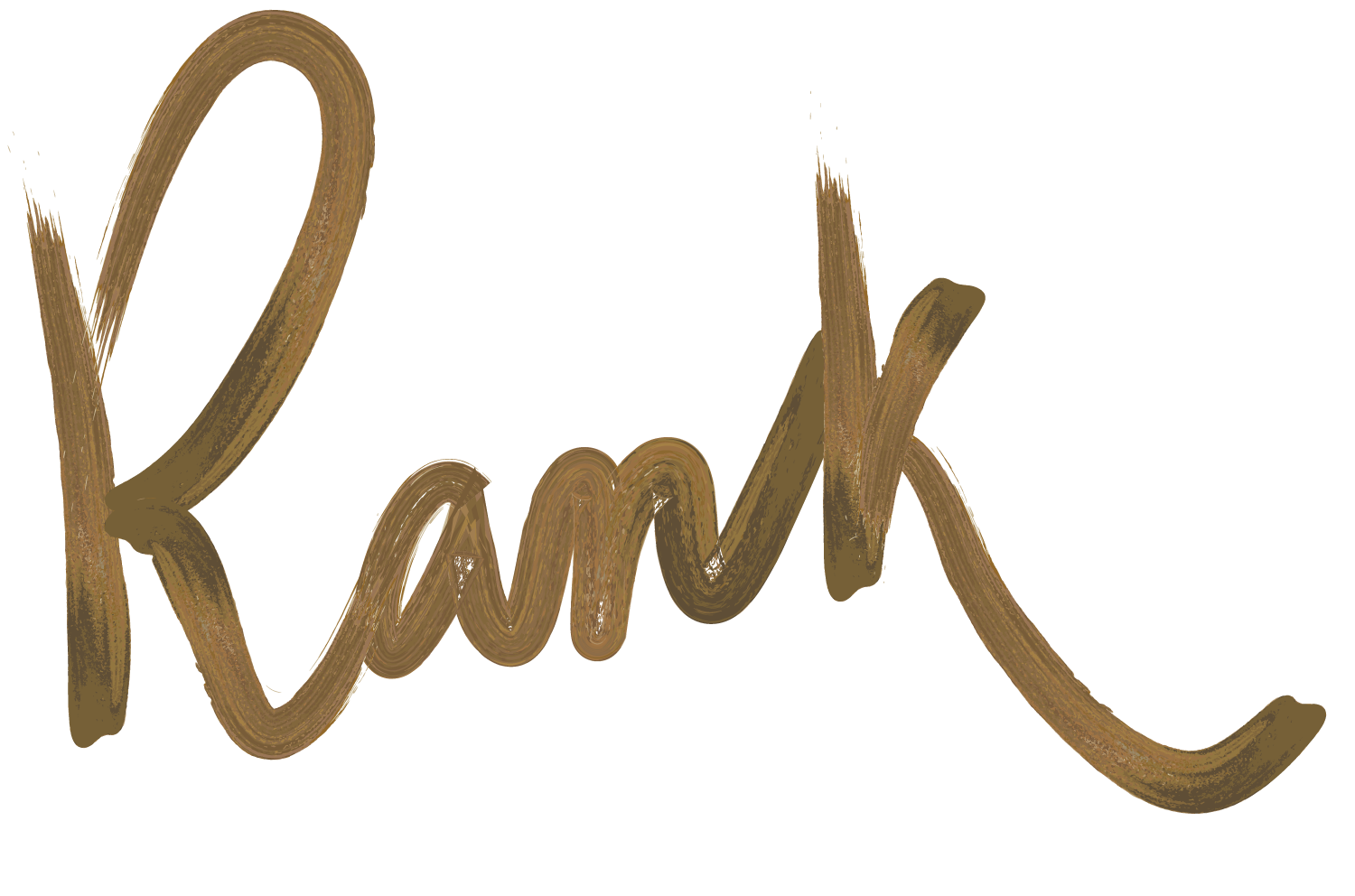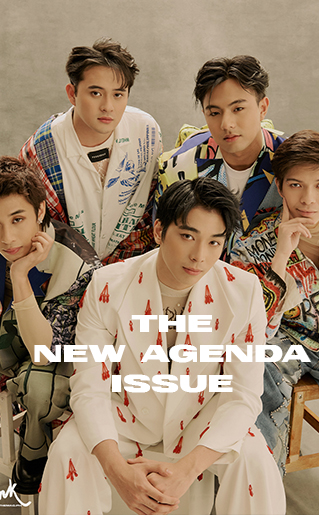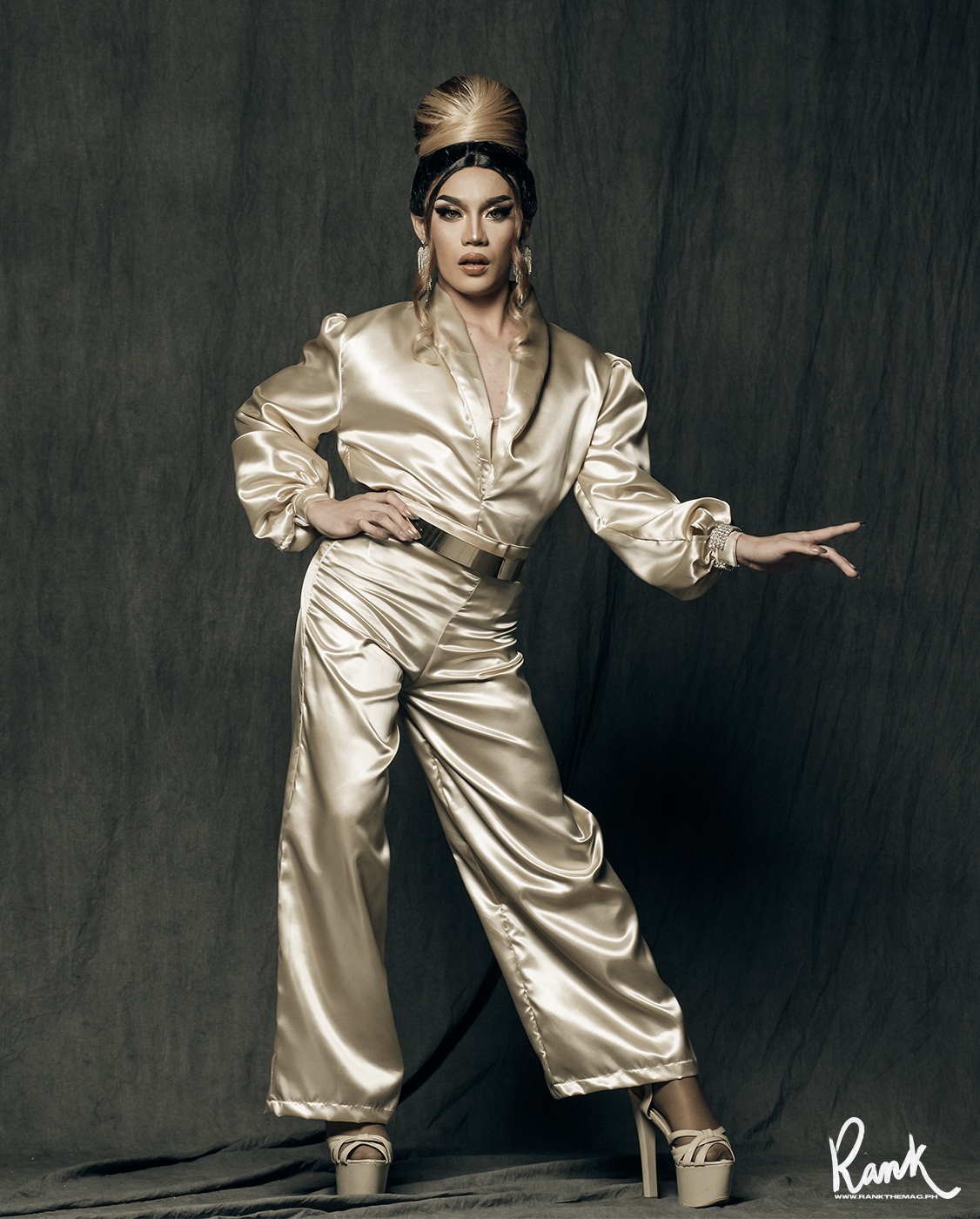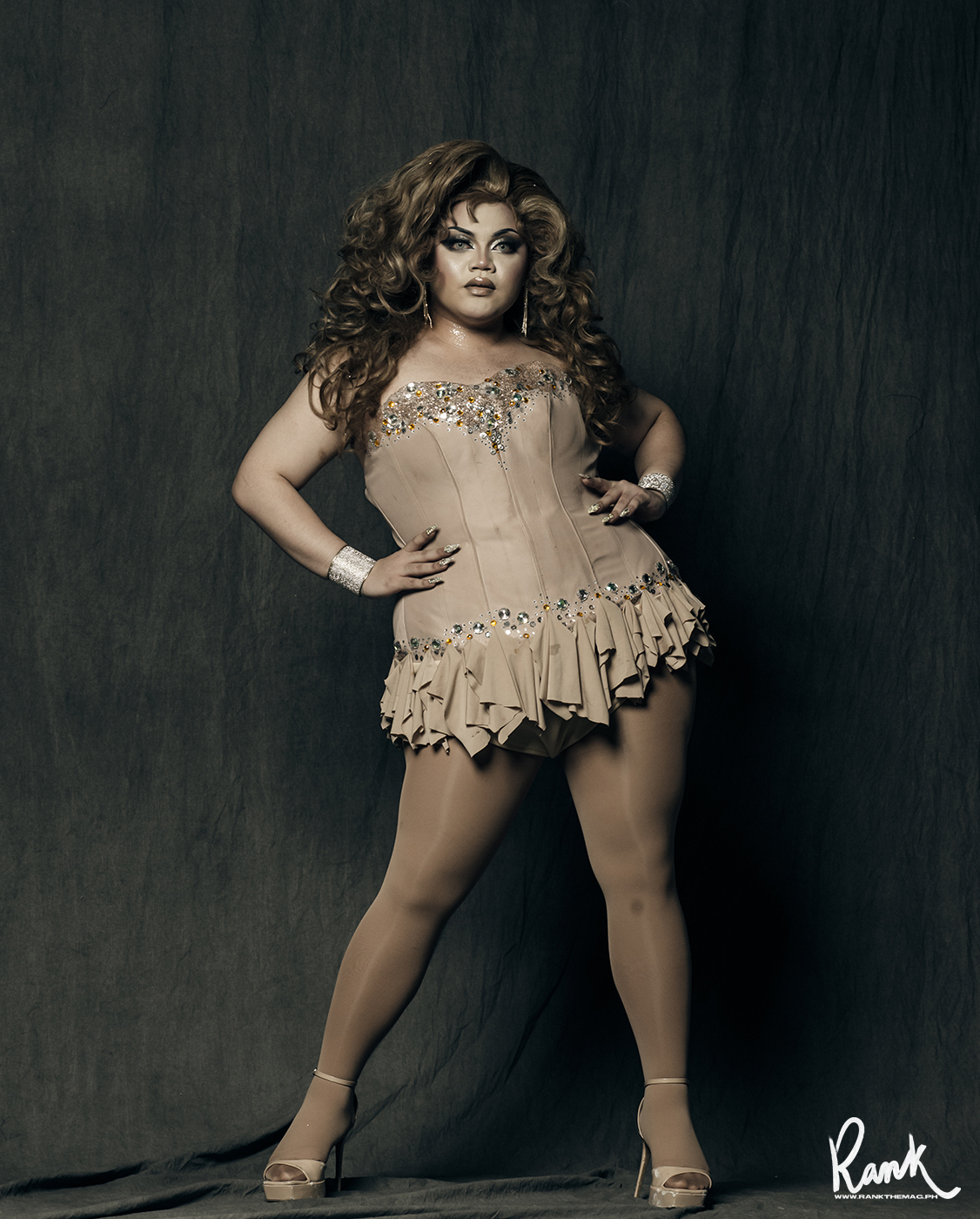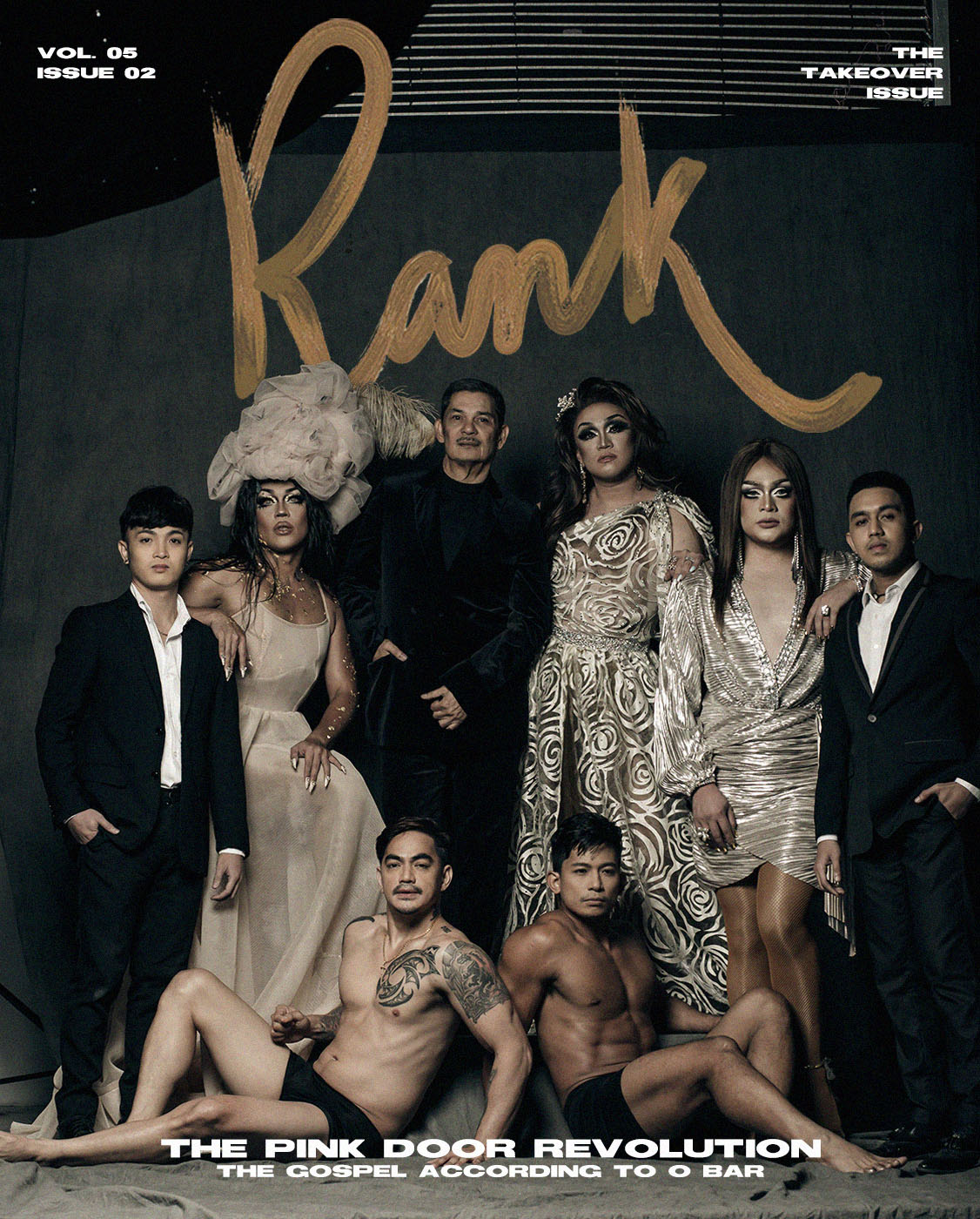
It is never really just about the drag queens.
Picture this: On a pre-pandemic weekend, one look at the black-painted cement box nestled at the corner street inside the CW Home Depot compound in Ortigas—the one with blaring music seeping through the cracks of the now-famous pink door—a big, fuchsia-colored, LED-lit “O” towers over a flock of people waiting to be let in.
It was beautiful sight—symbolic even.
The signage hovers over everyone, almost like an all-knowing north star guiding all sorts of visiting patrons: from group of friends—with that one friend, of course, bringing giddy first-timers—gushing uncontrollably at the idea of watching drag queens in all their glory, fresh-off-the-office weekenders hailing from corporate buildings that dot the business district, Ru Paul’s Drag Race fans who yearn to see the “next best thing,” curious and raring to have that visceral drag experience from the “Philippines’ version of queens”, bride-to-be’s, ex-pats, and of course, the queer people who have long since identified the bar as a weekend respite to dance, drink, flirt, and just be merry and well, gay.
To the uninitiated, “gay bars” in the Philippines have always had this unwarranted stigma, matched by how they have long been portrayed in media and films, often as a backdrop of cautionary tales leading to disease or demise. These are often dirty, seedy, sketchy, dark spaces with uninterested, oiled, boy-toys gyrating for unhappy patrons’ pleasure. Generally, gay bars serve as forbidden places designed for people living in the shadows—often raided, humiliated, and shut down.
On the Internet, to this day, one cursory search and Google automatically lists O Bar as a “gay bar.” And even as it is also described as a “dance & night club”, “gay bar” always comes first. And in a culture that has long demeaned anything that goes against dictates of gender norms, allowing yourself to be tagged as anything but “normal” is always a risk, especially in business.
However, 16 long years since it first stood its ground in Malate, changed zip codes, and ultimately became a haven for the community, O Bar’s name and the stamp it built has become almost indispensable that not even a two-year pandemic could make it cower and sing its goodbye.
Through and through, long before championing representation and visibility became the “cool” thing to do when you’re a person on social media or even a brand, and drag queens surfaced from the underground, niche market, to the mainstream, it cannot be denied how O Bar and its pioneering and revolutionary efforts opened the proverbial pink door to inclusion, challenging and changing the societal concepts of what “gay bars” are and what it can be.
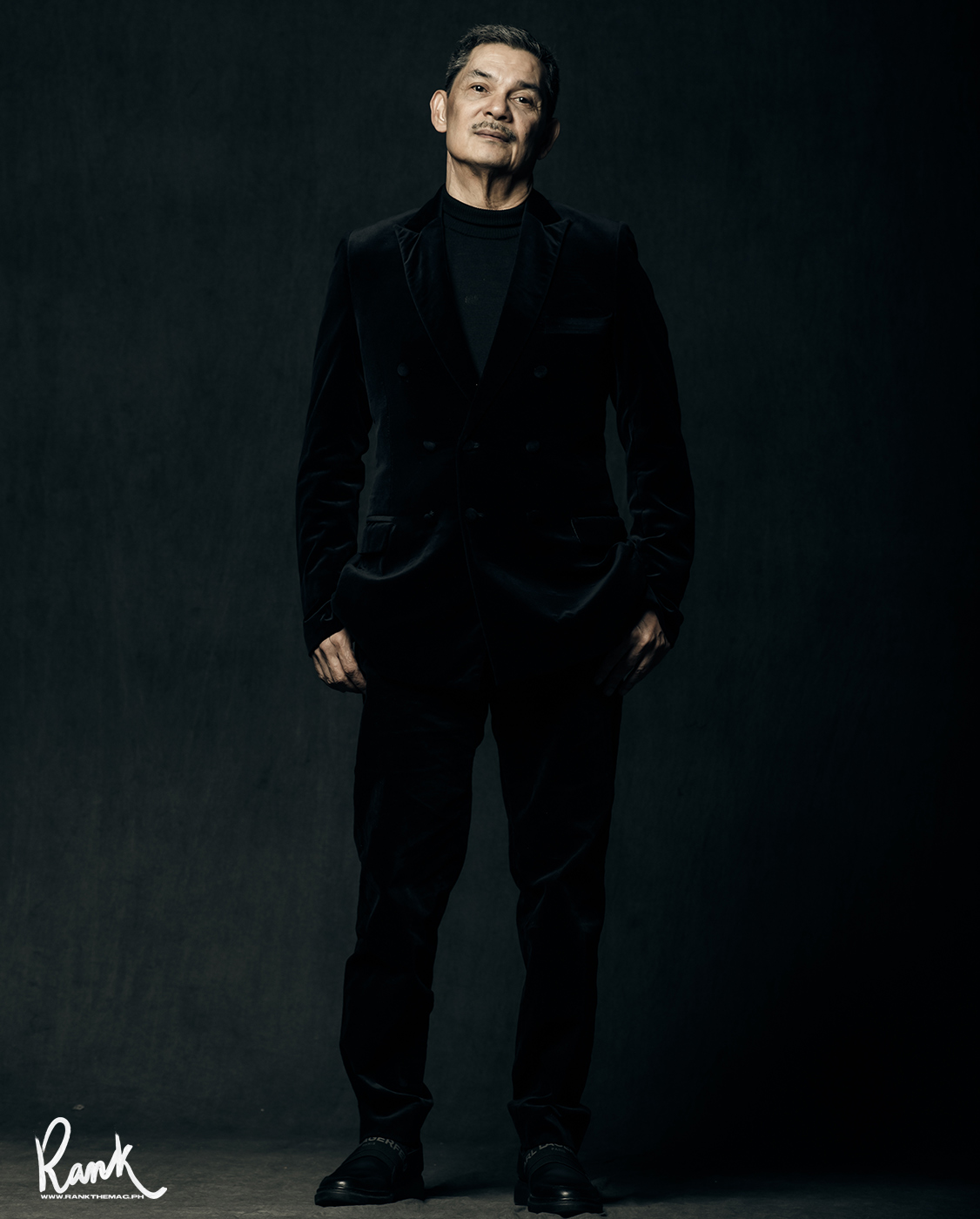
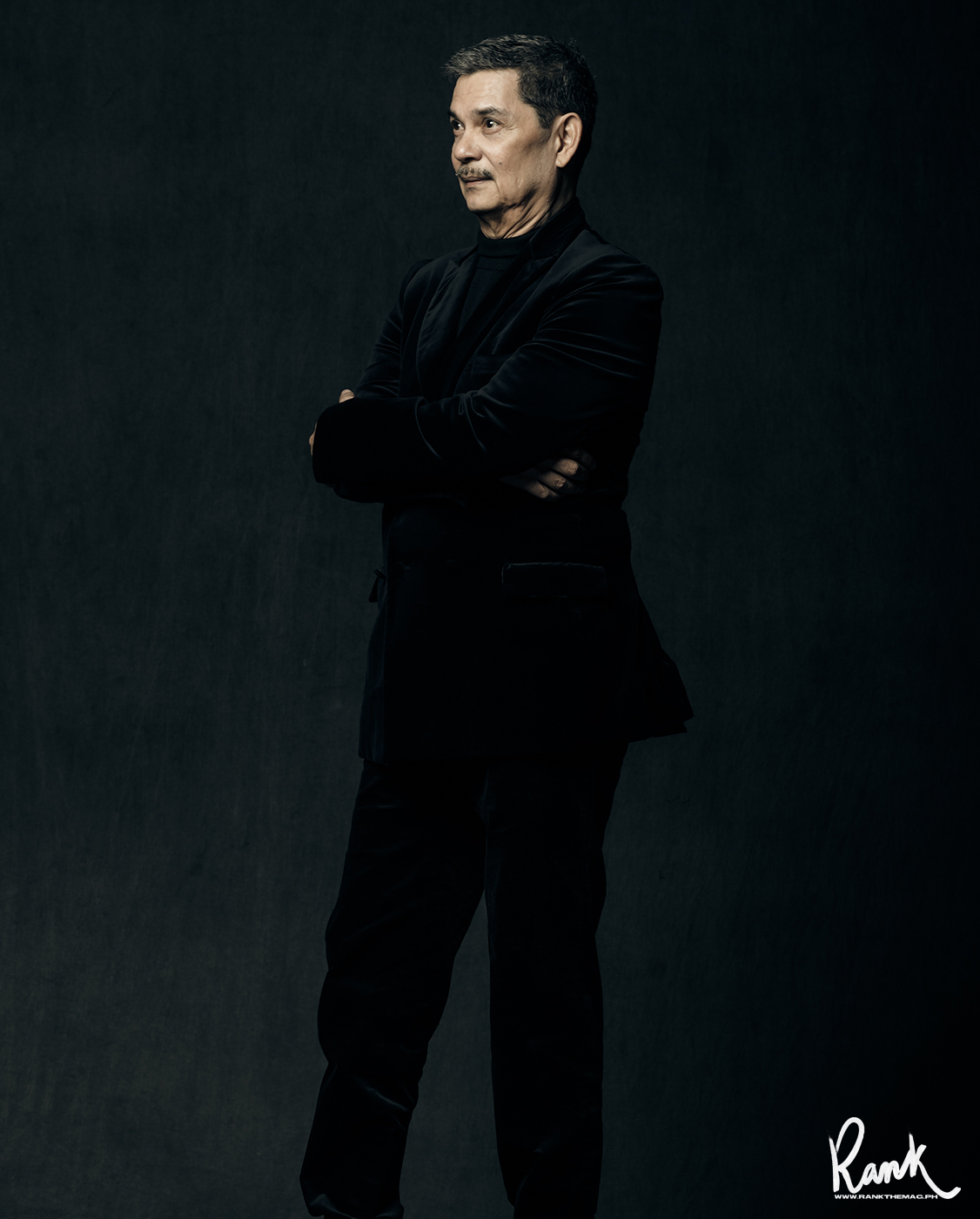
Ramon Papa. Photographed by Jerick Sanchez.
“O” in O Bar stands for Orosa, the street in Manila where it first stood its ground close to two decades ago. “When we were getting a name, you know, when you had to go to the DTI, we had all sorts of names that we have submitted and they were all denied. Then finally someone from DTI said, ‘Why don’t you just use O? Anyway, you’re in Orosa and nobody has registered that name yet?’ And so, we thought that was not a bad idea,” co-founder, and chief operating office Ramon Papa shares on the bar’s origins, the first time we looked into the enigmatic charm of O Bar, back in 2019.
“Actually, it was supposed to be a restaurant. That was what we were looking for when we went to Malate—a group of friends who wanted to open up a restaurant and then when we did go to Malate, we noticed that most of the restaurants are closing, and so we said, ‘Why don’t we just open a bar to serve the community?’”
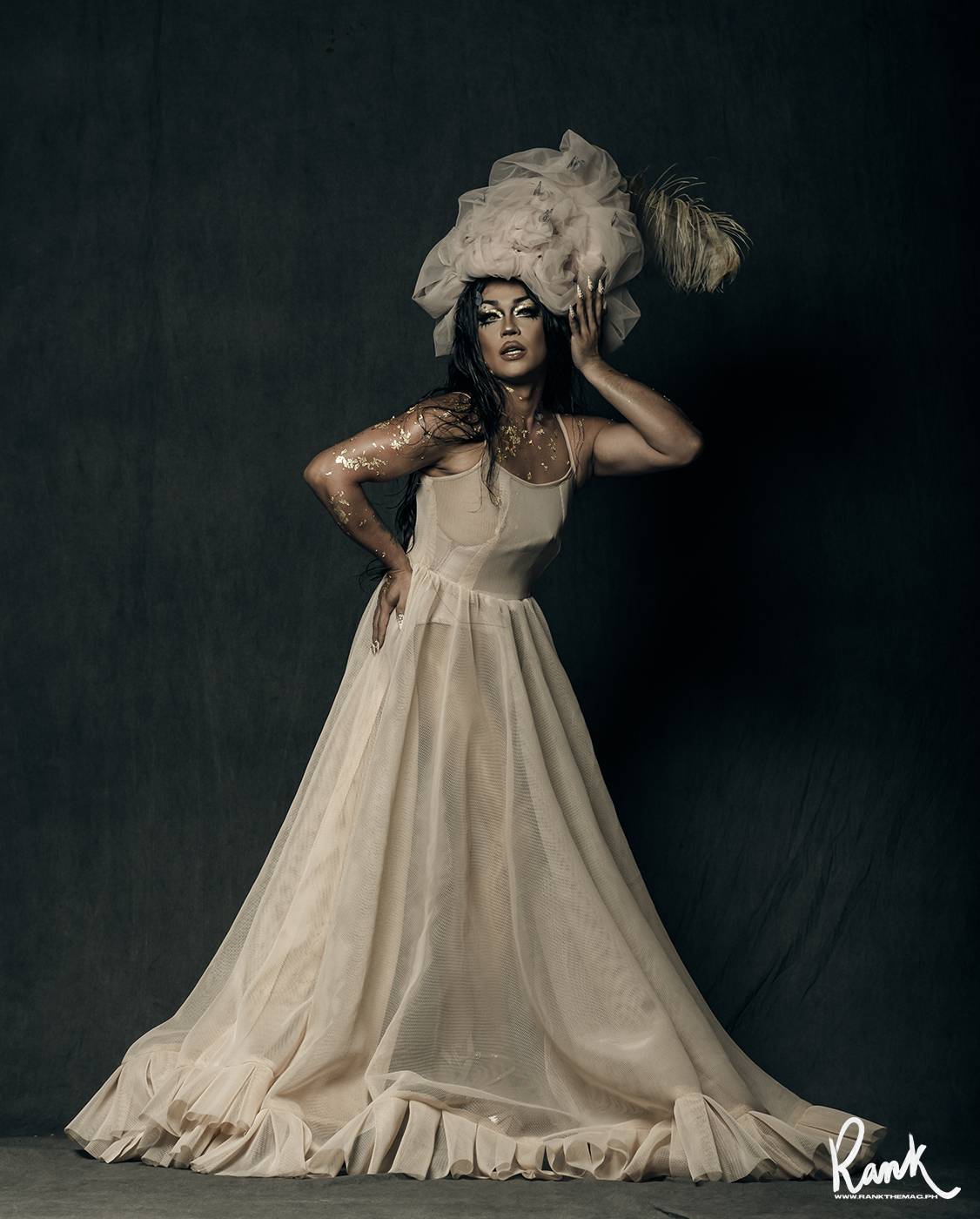
Precious Paula Nicole. Photographed by Jerick Sanchez.
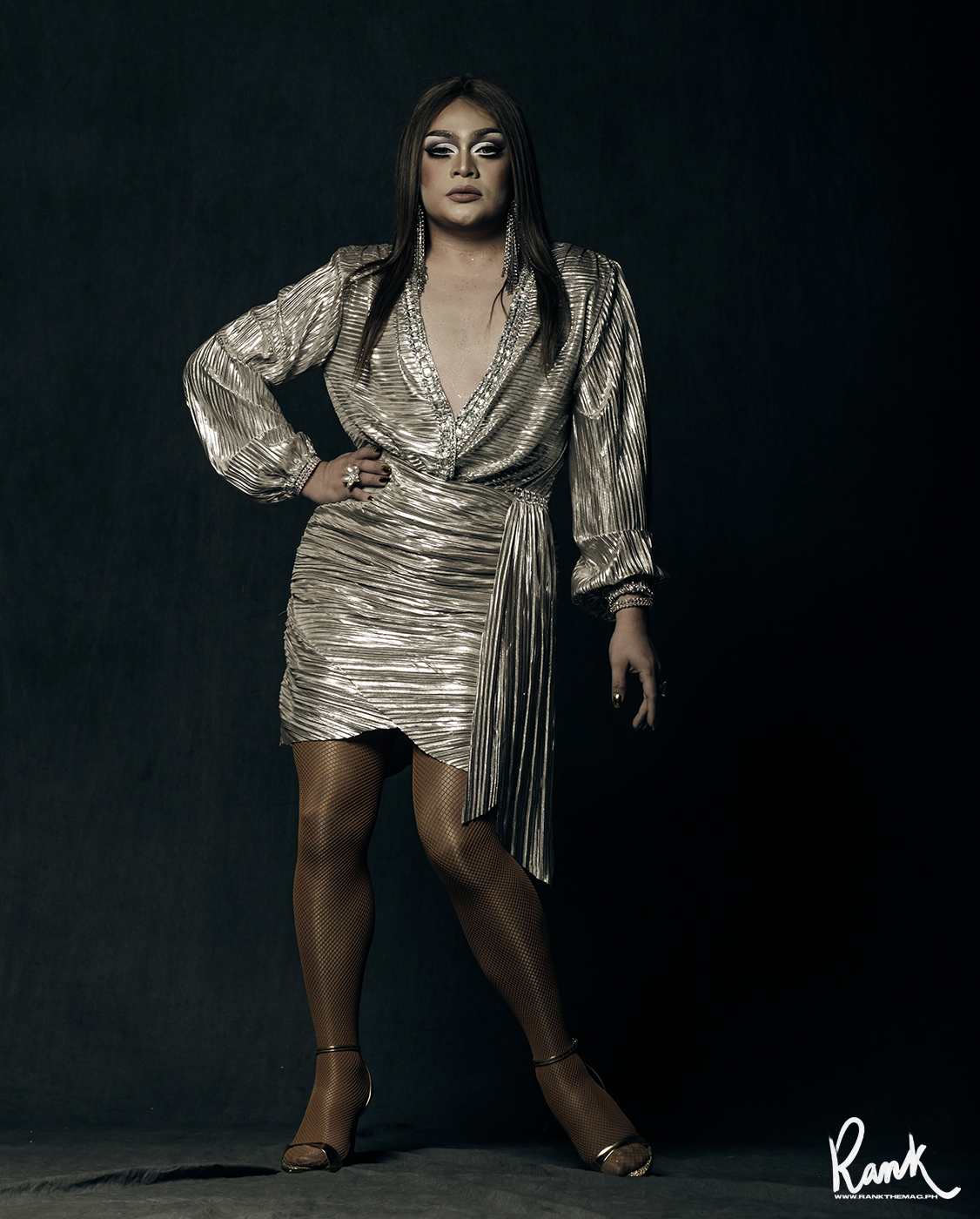
Queen Eken. Photographed by Jerick Sanchez.
“There really was no concept. It just evolved. From a regular bar, little by little, things got added, things got removed. We really didn’t have a business plan. It turned out okay, I guess,” Papa notes with a light chuckle.
He recalls, “The biggest struggle is getting customers the first year and a half, almost two years. There were times when we would be there from 9 in the evening until 6 in the morning and we could hardly get people in. It took us two years to get regular customers. I think that’s the common struggle of all new businesses, on how to establish yourself. We persisted because we knew we had something to offer. It took a while, before people realized there’s a new place to go to. And I guess we surmounted it.”
Many may have come before it, and many sure did follow in its footsteps, tailing the success it long fought for, most especially with the amount of global interest on the art of drag as exemplified by the High Priestess herself, Ru Paul, in what is now a multimillion-dollar economy in the form of the Drag Race franchise, but in, and of itself, what O Bar has long built proved to have transcended entertainment and nurturing Filipino drag talent.
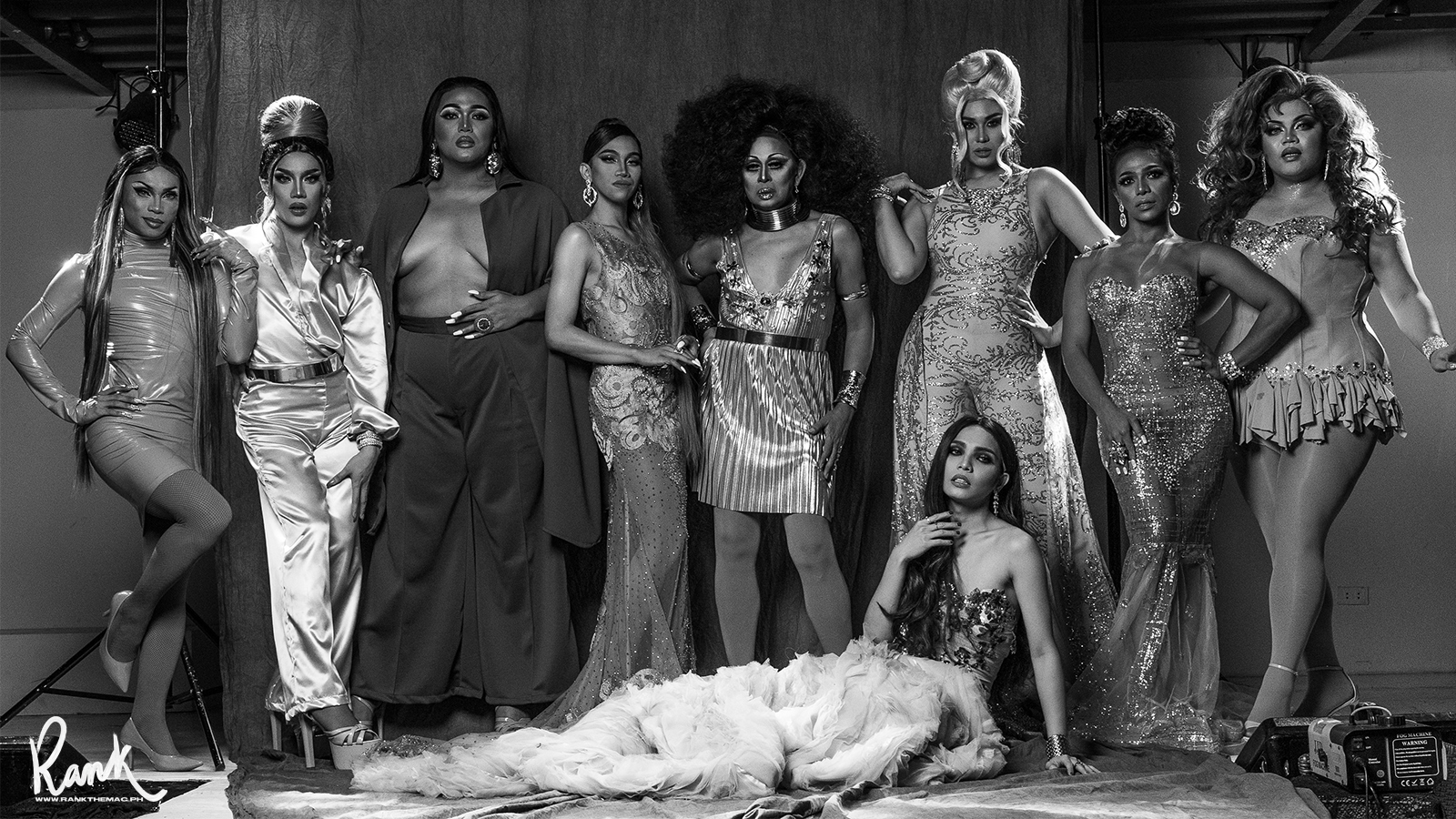
Photographed by Jerick Sanchez
Since then, this looked like a bold undertaking, a departure from a long-standing culture that has limited the concept of “drag queens” as either the mysterious female-presenting cross-dresser, or the comical “bakla”, ever-present in beauty pageants in the smallest of barangays, in mainstream media as the snarky sidekick, or even a straight actor playing dress up, often to make people laugh.
As an undisputed haven of drag, O Bar gave such dignity and honor to the art form that in giving a platform for immense talent, the space indiscriminately launched an unstoppable cultural blitzkrieg that defied gender conventions. Add Ru Paul and his game-changing global influence to the art and activism of drag, and all those years later, in the Philippines, at least, O Bar’s impact remained inimitable, and its rise, nothing short of meteoric.
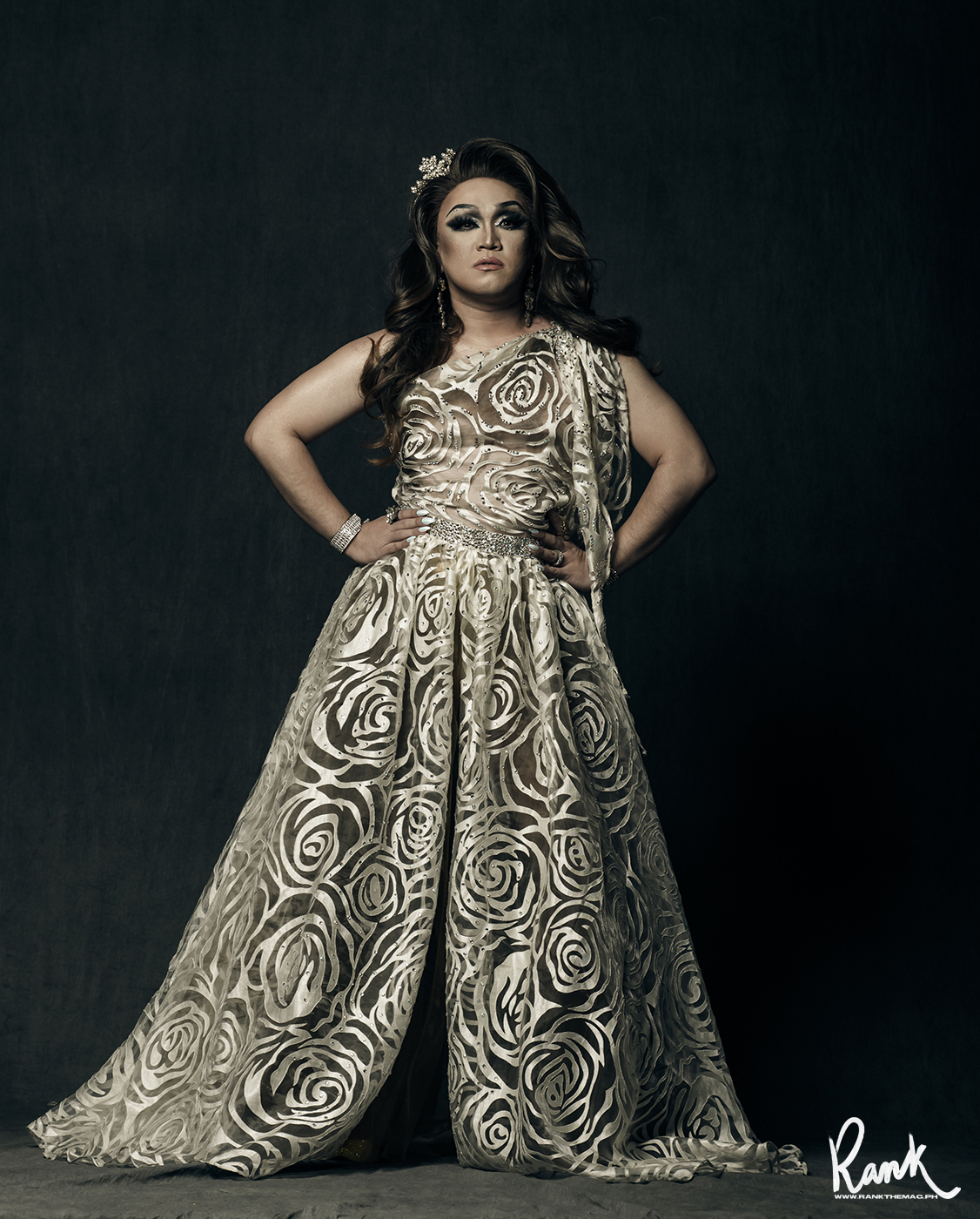
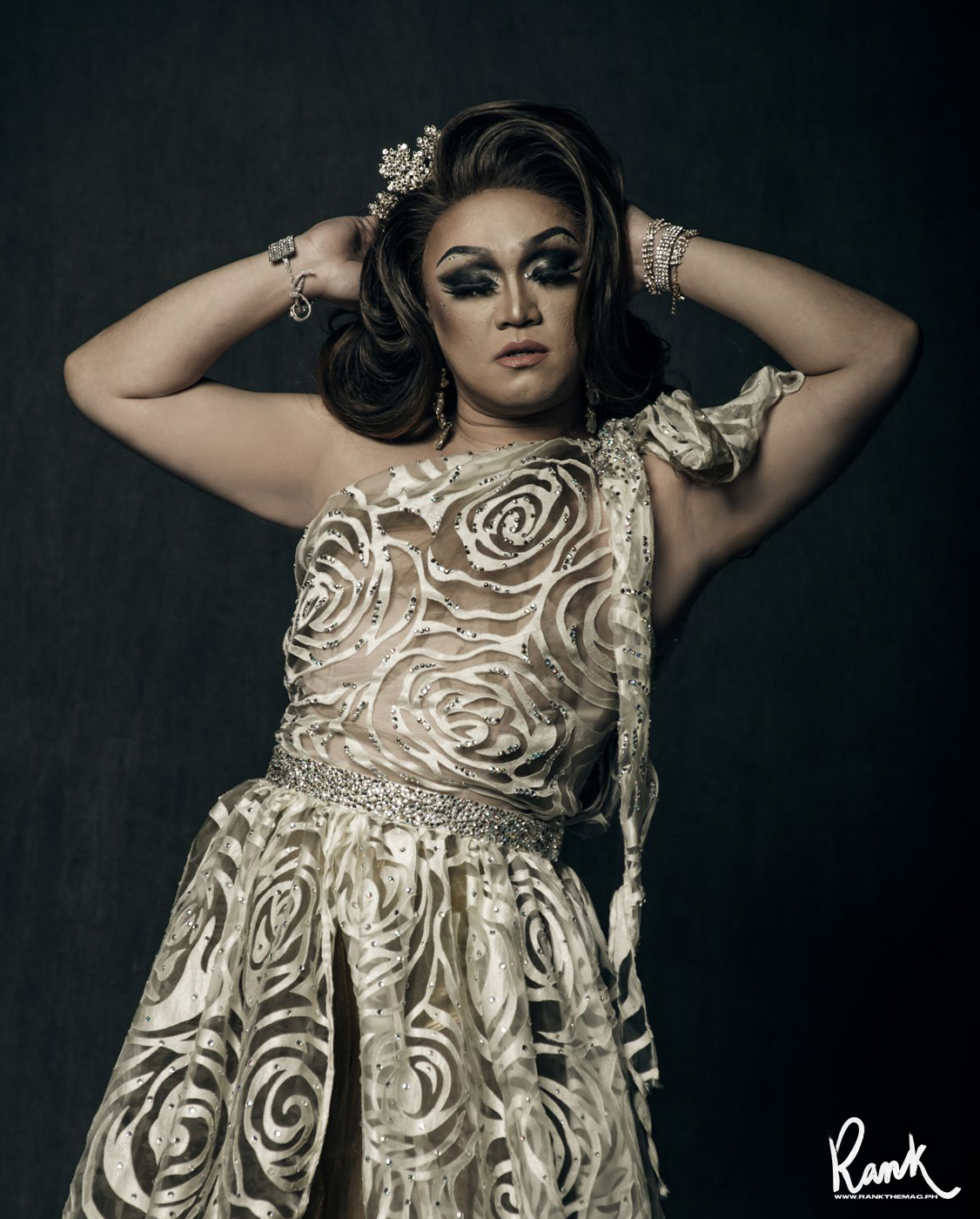
Jheyar Caguimbal. Photographed by Jerick Sanchez.
Every performance night, in the middle of it all, is Marketing Manager Jheyar Caguimbal, who, from time to time, also transforms into Queen Anita—perfectly coiffed blonde or brunette wigs, cocktail dresses, sequined gowns, and all. Especially with the passing of Managing Partner and Artistic Director Rupert Acuña, one of the bar’s owners and one of two “dads” that everyone in the establishment fondly referred to, Caguimbal’s hand on the artistic integrity of each performance, along with the partnerships built outside the confines of the four corners of the establishment, is as crucial and valuable as ever.
“It was not like before, but we need to do what we have to do not just for everyone in O Bar, but for everyone else who’s been coming to us,” Caguimbal discussed in December 2021, as the doors of O Bar first saw light, two long years since it weathered a pandemic and a loss of one of its pillars.
“It was never really hard for us to talk to them that this really is the ‘new normal’, because we have been working with them for a really long time and we never hid anything from them, even before the pandemic. And we have always been fair. They know that when we have money, a lot of it goes back to them. Every so often in the group chat, we would reassure them and we show them our support in our own ways. It’s like a family in that sense,” Papa adds on the two-year gap leading to the bittersweet reopening of the bar to the delight of its patrons.
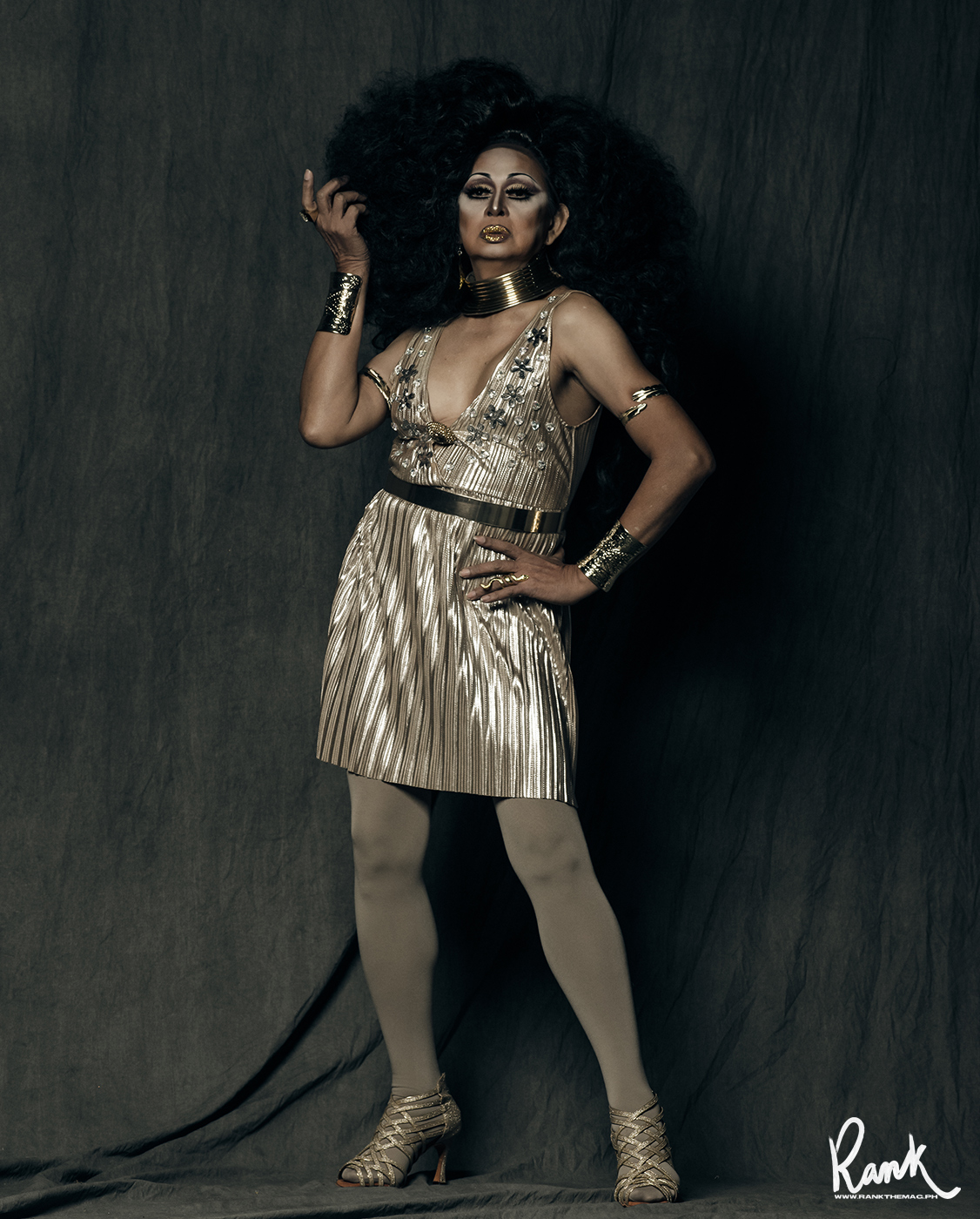
Letlet Baltazar. Photographed by Jerick Sanchez.
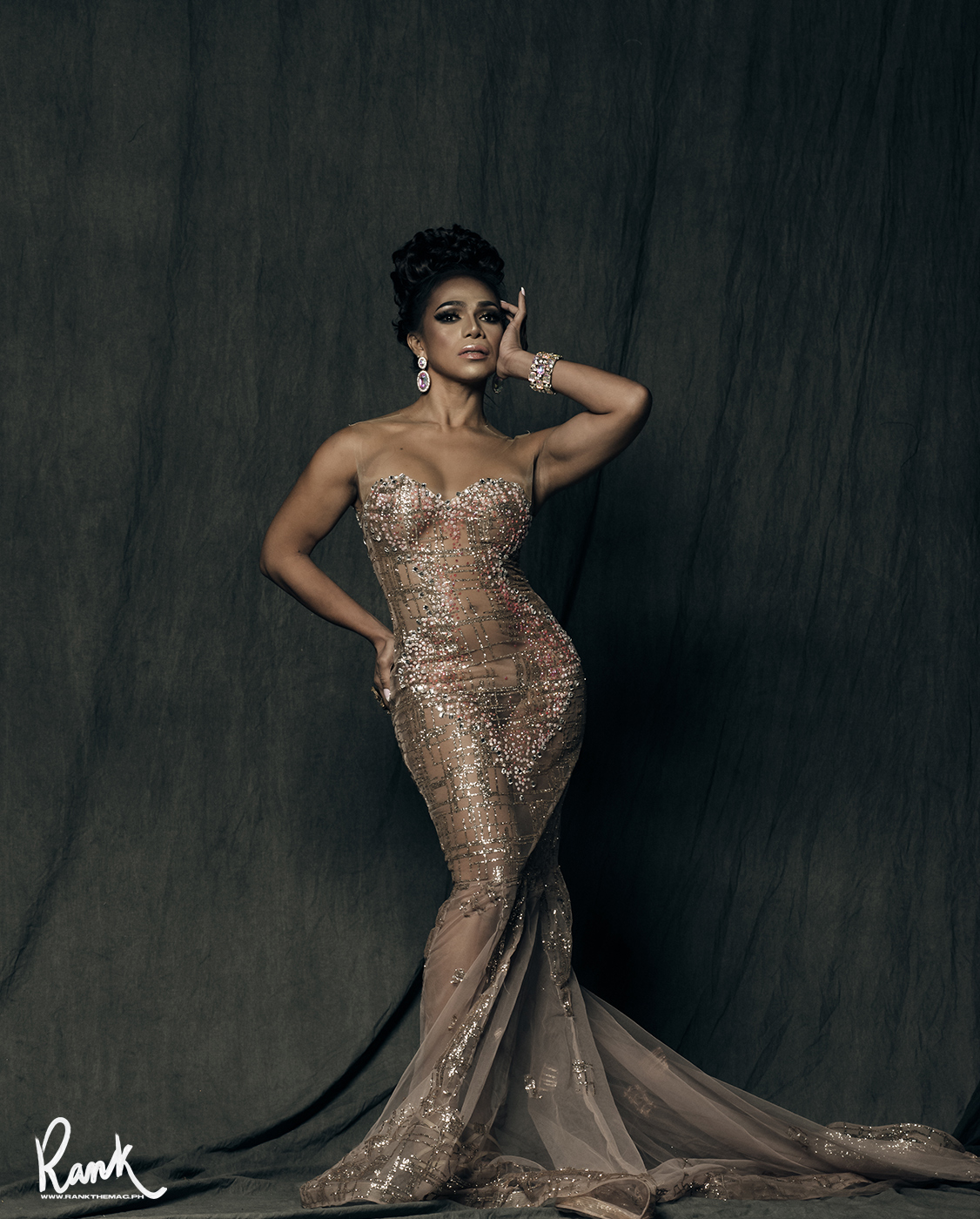
Bernie Barrantes. Photographed by Jerick Sanchez.
“Masaya kami na nakabalik na nga pero syempre hindi na gaya dati dahil maraming nagbago. May mga umalis at yung pinaka-mentor pa namin nawala. Pero nakapag-adjust naman kami dahil kelangan, at bago pa mag-open ang bar, nagklase muna kami, nakapag-warm up bago sumalang uli so na-prepare na namin ang mga sarili namin,” says Queen Eken, or Eken Matsunaga, one of the more seasoned drag performers in the roster.
[“We are happy that we were able to come back but we know that it’s not like before, with so many things that have changed. We saw people leave, especially our mentor whom we have lost. But we were able to adjust because we need to and before we stepped back on the stage, we had classes, and warm-ups to prepare ourselves.”
Matsunaga adds talking about the lasting imprint of Acuña as the establishment soldiers on and continues on in its journey, “Yung legacy ni Boss Rupert, nasa sa amin na ‘yun eh. Kami na lang ang magko-continue. Strikto kasi sya when it comes to the performances. Kahit sa pagli-lip synch, nag-classes din kami on diction para sa mga performances namin. So, nahawa na lang rin kami. And sa mga sarili namin, naa-apply na rin namin yung mga naturo niya sa lahat ng bagay, lalo na ngayon na kahit may mga nawala, meron namang mga bagong dumating,”
[Boss Rupert’s legacy is in us. It is up to us to continue this. He was strict when it comes to the performances. Even in lip synching, we had to take diction classes for our performances. And so we applied everything that he has taught us within ourselves. Especially now, we know that even if there are those who have left, new ones will be coming along.]
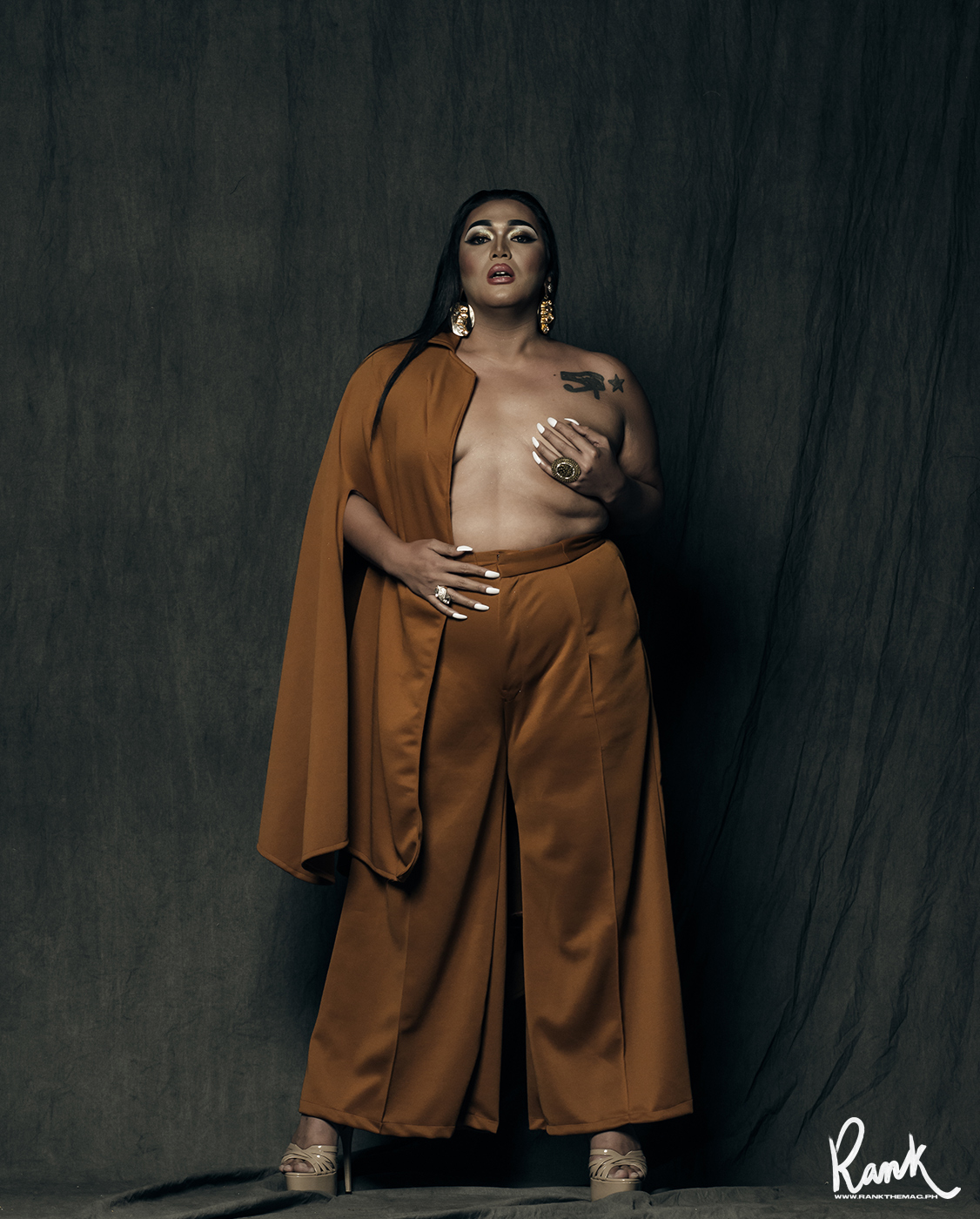
Turing Quinto. Photographed by Jerick Sanchez.
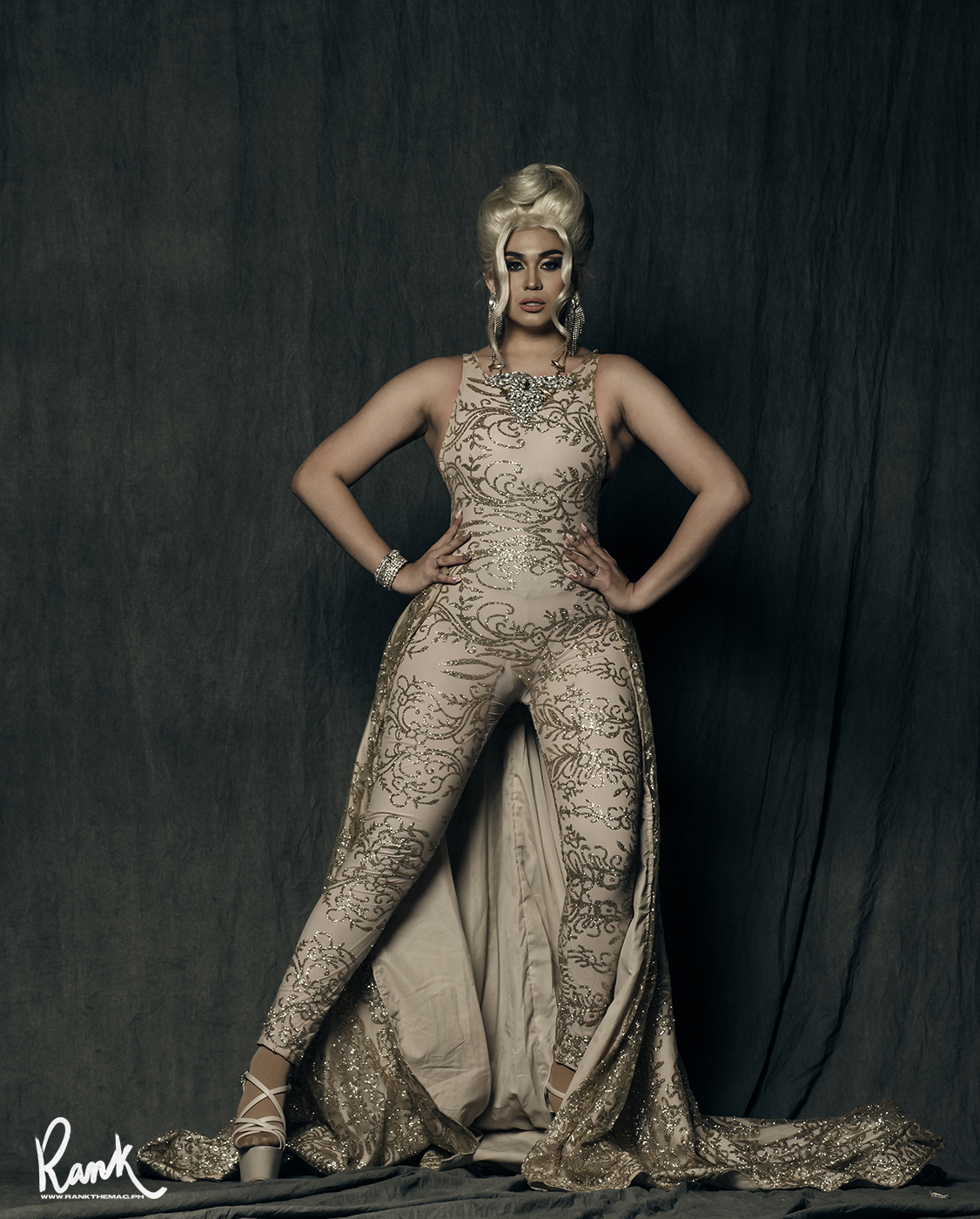
Popstar Bench. Photographed by Jerick Sanchez.
Amid these many shifts—new modalities that had to be explored to make up for lost ones in terms of the art and business of running the establishment, and the many names who have gone—it is the core of O Bar’s almost two decades-long sense of community that remains.
As veteran queens gladly swapped their mobile phones and makeshift home backdrops and ring lights for heels and costumes that have already collected dust backstage for performances to a lesser number of spectators than they are used to, O Bar’s thrust in housing some of the most recognizable drag performers in the country lives on with the introduction of new queens that best represent that bar’s ethos of elevating drag culture and celebrating unparalleled artistry.
Following its celebration of its founding anniversary last December, this year marks as a historic first for the drag haven as they set out to take the stage for its Pride celebration, without some of its mainstays, and Acuña at the artistic helm, but with a wealth of talent brimming from its new queens. After all, it is not the home of Asia’s Finest Dancing Drag Queens for nothing.
“Going back to the stage is bittersweet. A lot of things have changed but a lot of things have also made us stronger. And I think it is one of O Bar’s legacies that we are one of the first ones who started Pride celebrations in the Philippines. We just know that we will give it our all,” highlighted Precious Paula Nicole, more popularly known as a topnotch performer that can give Regine Velasquez, Katy Perry, and even Beyonce, a run for their money.
In its present address, O Bar punctuates a string of establishments that line the area: from busy BPO structures, convenience stores, eateries, restaurants, and of course, pubs. And in its unassuming, unobtrusive stance—with just the loud, pop songs escaping the space with each swing of the door—O Bar opens a vibrant, almost otherworldly dimension that celebrates not just the LGBTQIA community, but even those who are socially conditioned to question anyone who doesn’t fall into any of the constricting notions of sexuality and individuality decided and identified before them by the powers that be.
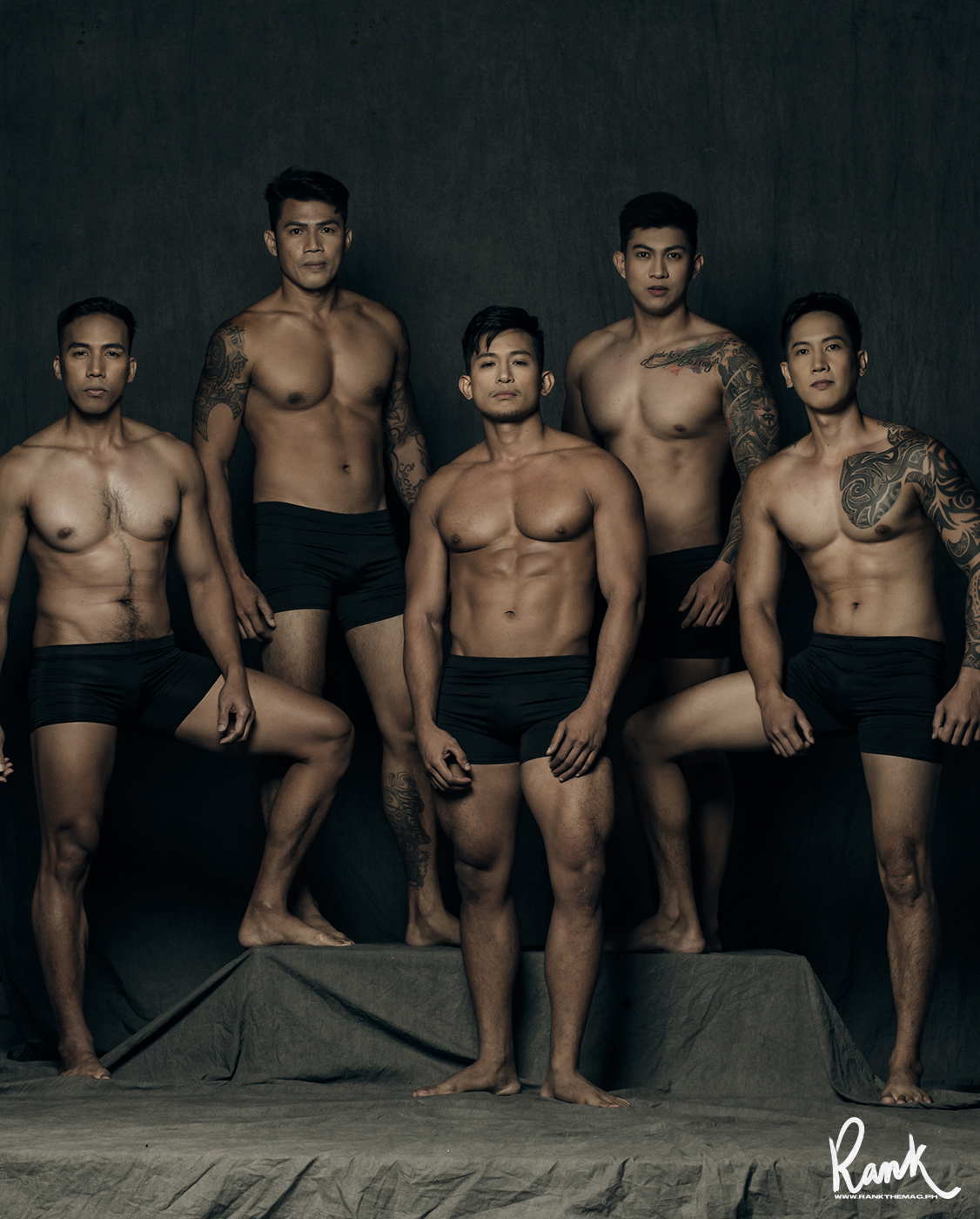
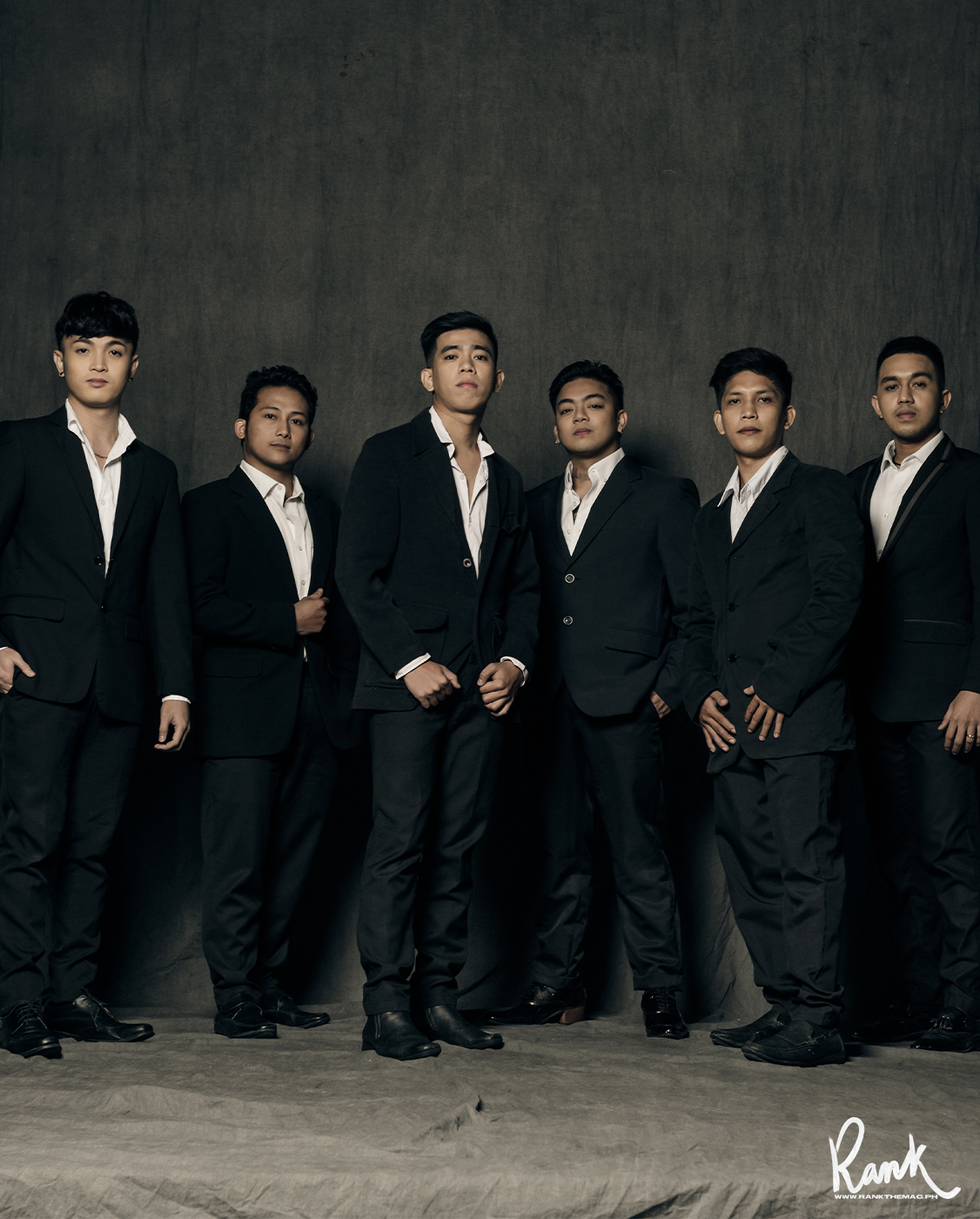
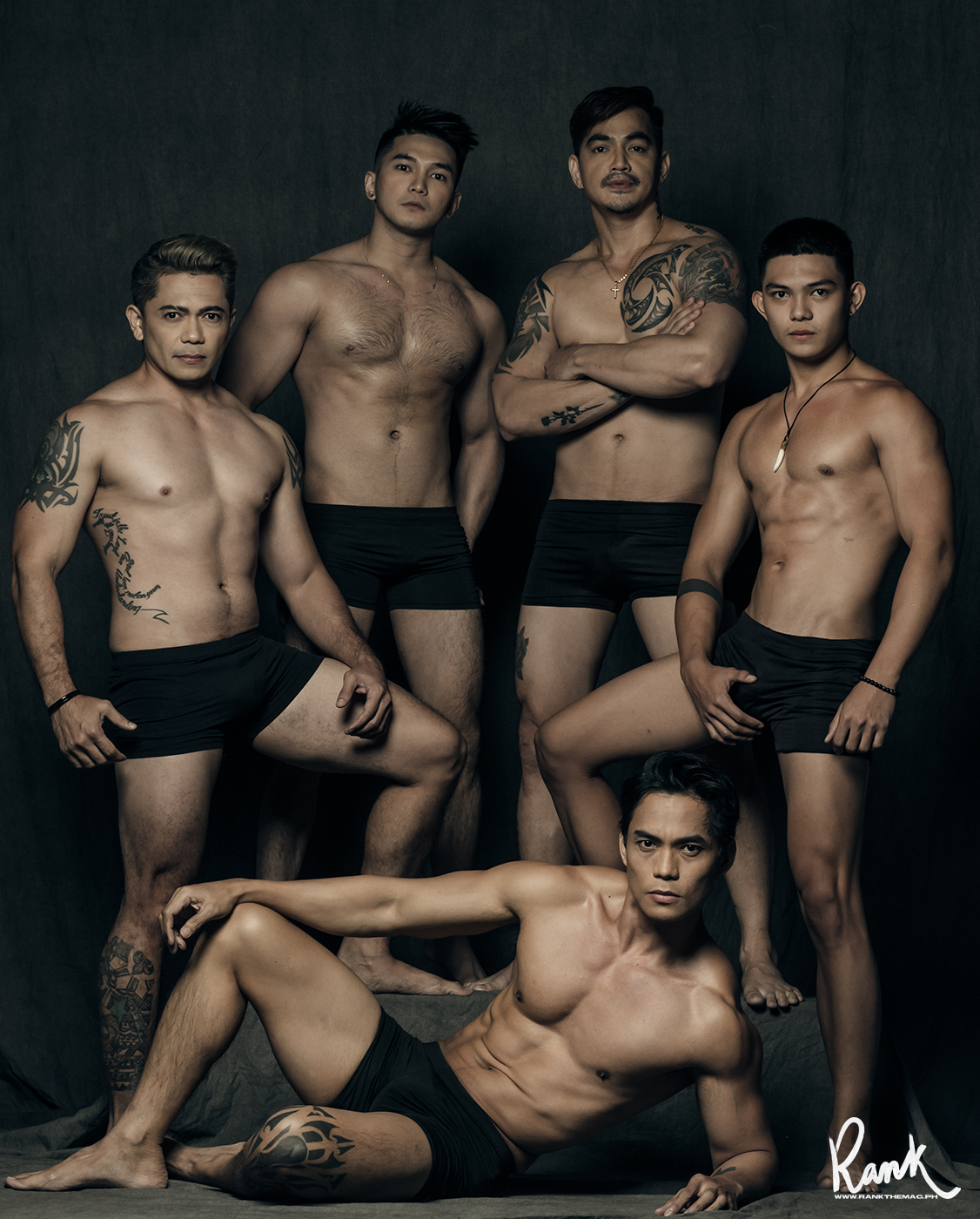
Photographed by Jerick Sanchez
“I’d be lying if I say I am not proud of what we have accomplished. But we owe a lot to the community, really—our guests, our staff, our managing partner Rupert Acuña,” Papa reflects, when asked about the bar’s staying power and the tradition that will continue to live on years.
“I think it’s also the way we present ourselves to the community. Like they said, there’s no drama in O Bar. Everybody’s welcome and I think that’s one of the reasons we got big. We got people coming in regularly, some of them more than I in a week. They’re here all the time.”
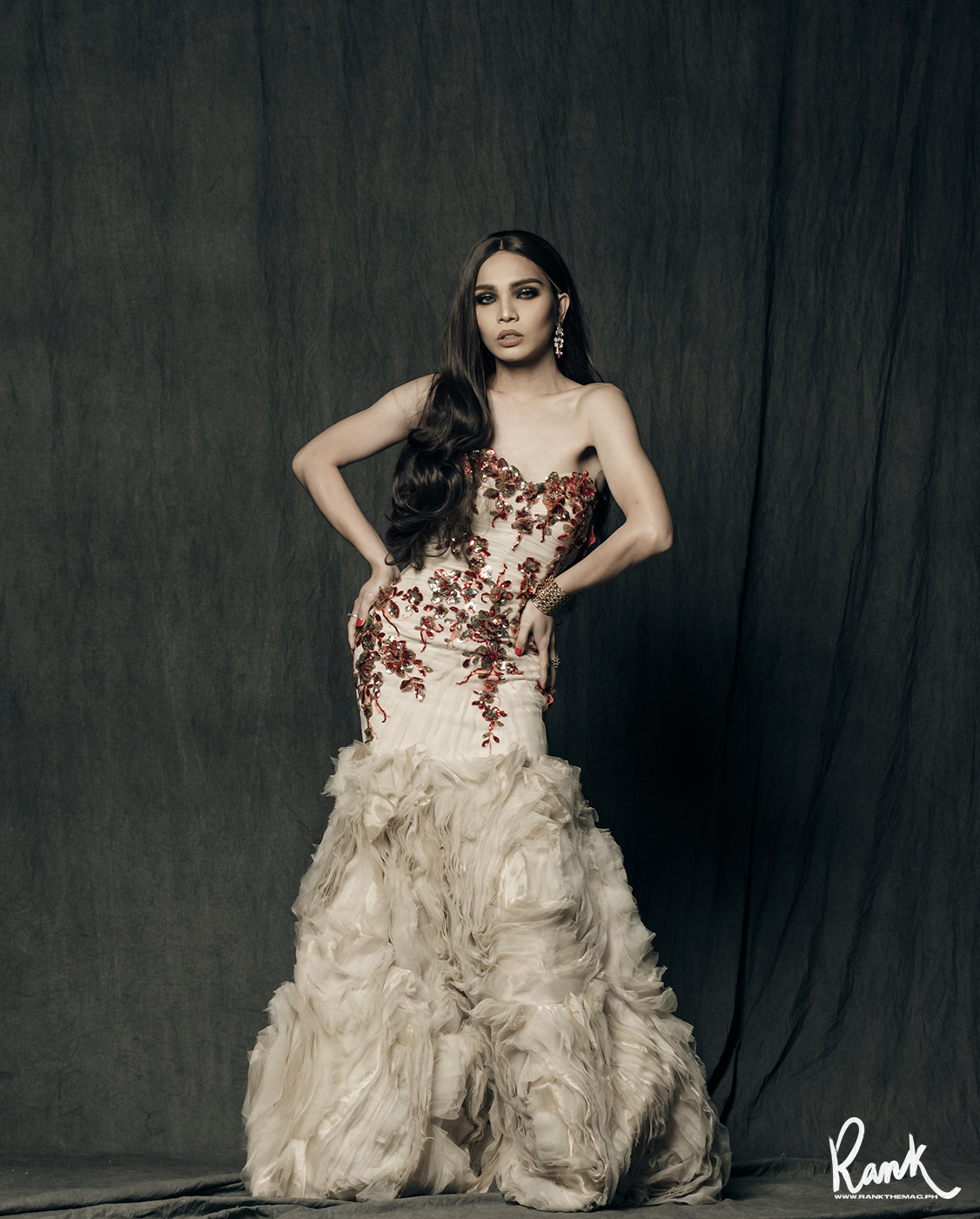
Valeria. Photographed by Jerick Sanchez.
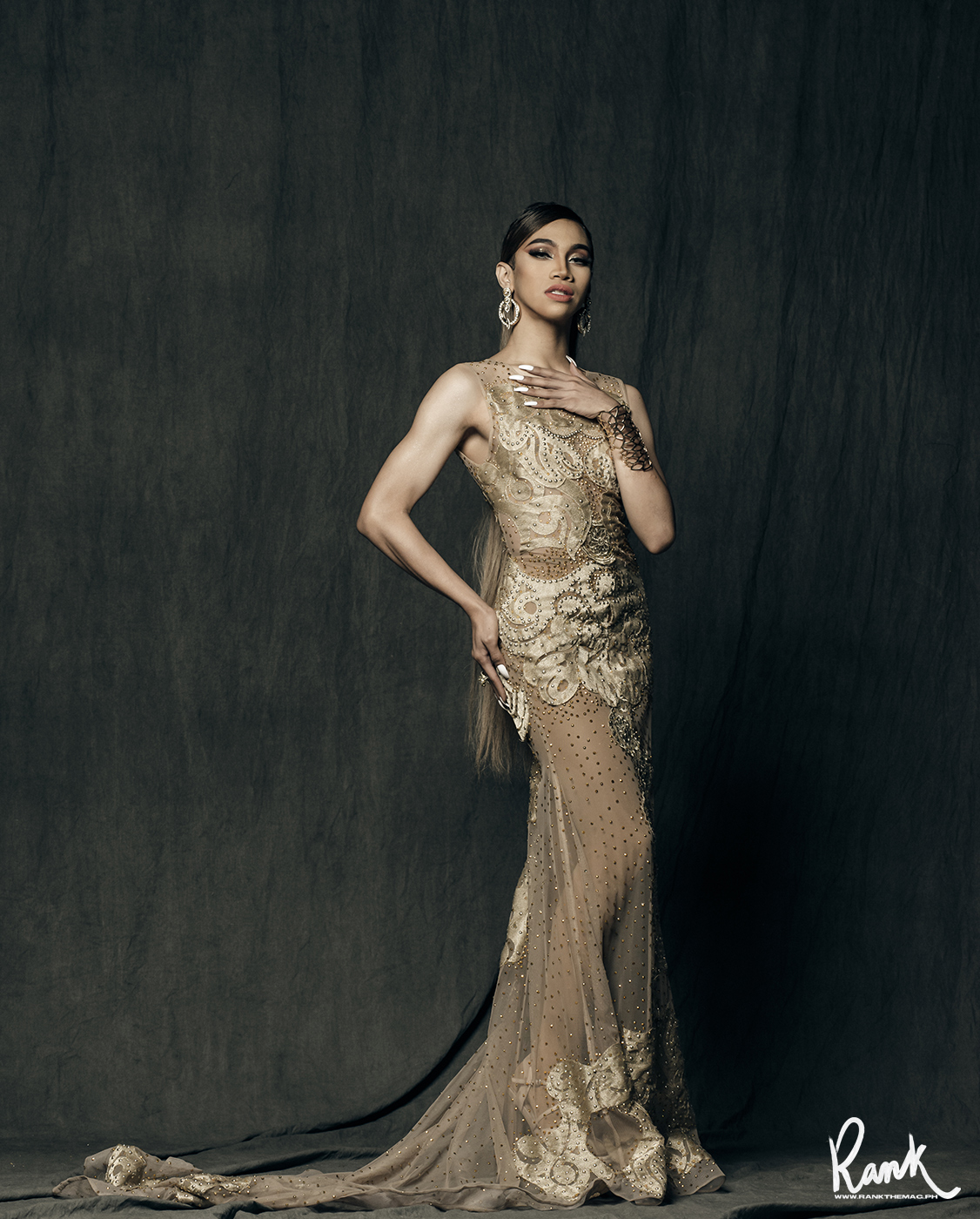
Angel. Photographed by Jerick Sanchez.
More than the weekly themed shows laced with theatrics, irreverent humor, celebrity impersonations and parodies, heart-stopping stunts, the long list of local and international celebrities who have stepped foot in the bar and found themselves amazed by the sheer talent, and even the bronzed, scantily clad ledge dancers that collect shrieks of excitement from female patrons at every show opener, it is O Bar’s uncompromising sense of identity and community, painting a safe, somewhat utopic world where labels are inexistent, where respect and oneness are commonplace, that it continues to wave not only the Pride flag, but a standard to humanity.
This is how you know, O Bar is not really just about the drag queens. We said it once and we will say it once again, through its pink doors and its legendary stage: O Bar stays. O Bar wins.
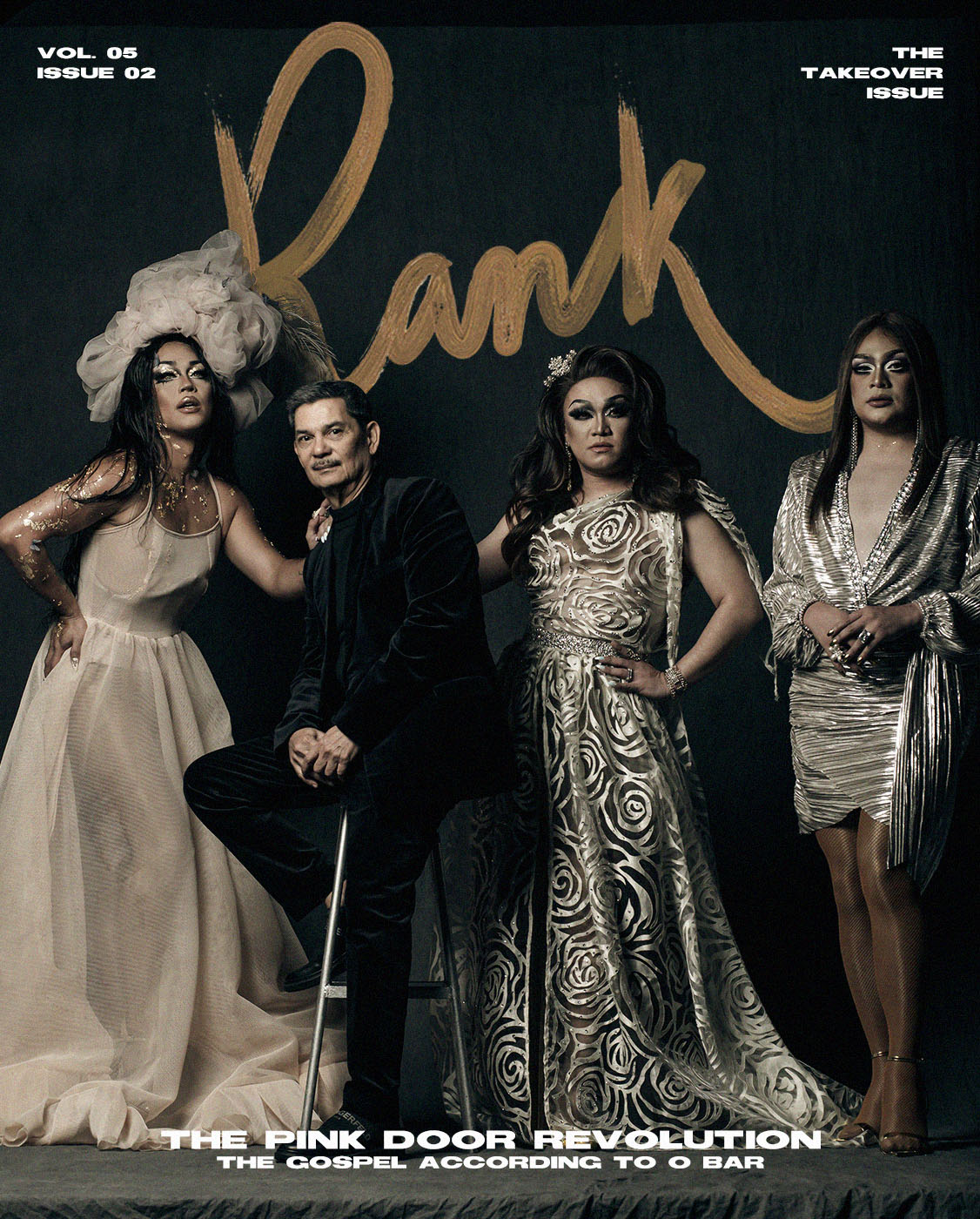
Dedicated to the memory of the genius, love, and passion of Rupert Acuña
Produced, Creative direction and Text by Leo Balante
Photography by Jerick Sanchez
Assisted by Dan Fugrad
Videography by Emilio Santiago
Shoot assistants: Roni Mae Serrano, Andrea Ysabel Andres, and Patrick Dale Alog
Cover layout by Bhernn Saenz
Special acknowledgments to Ramon Parpana Papa and Jheyar Caguimbal
